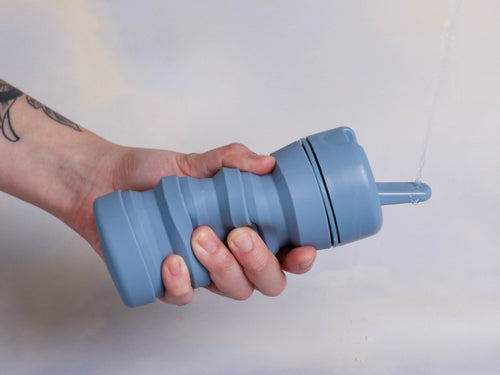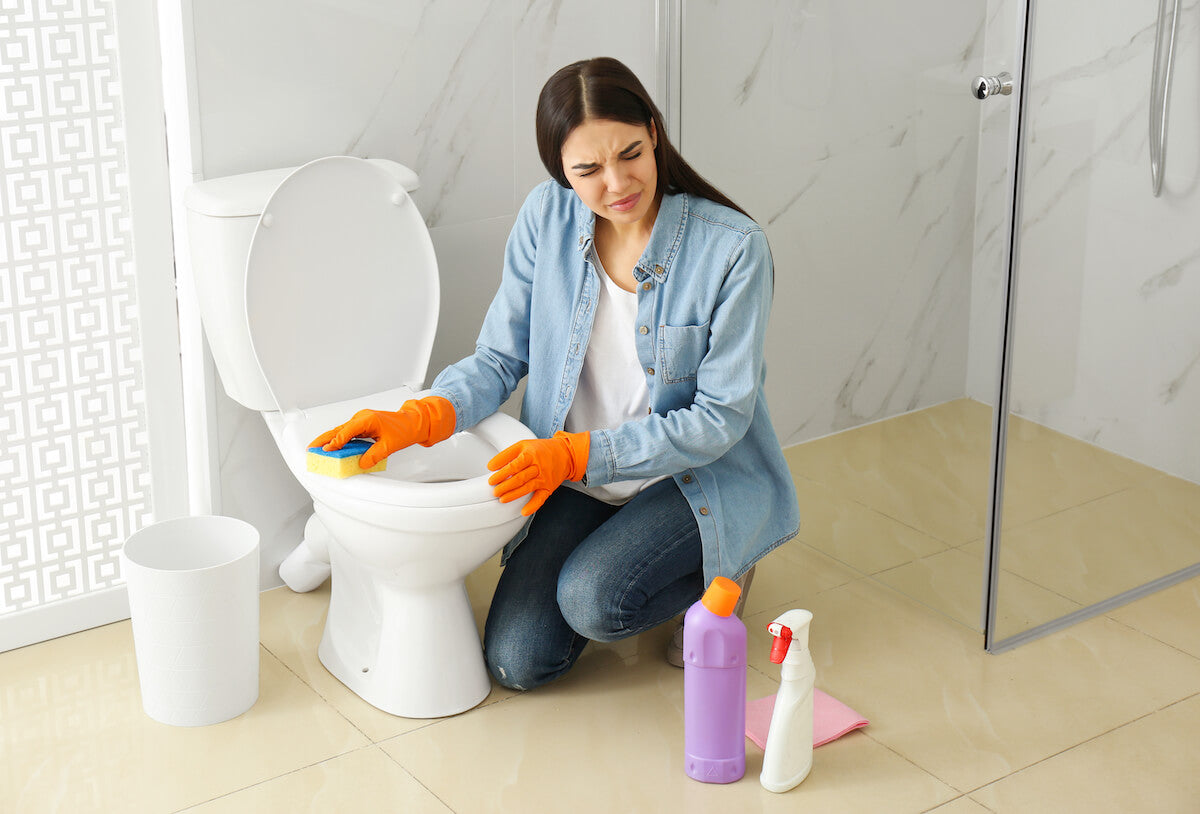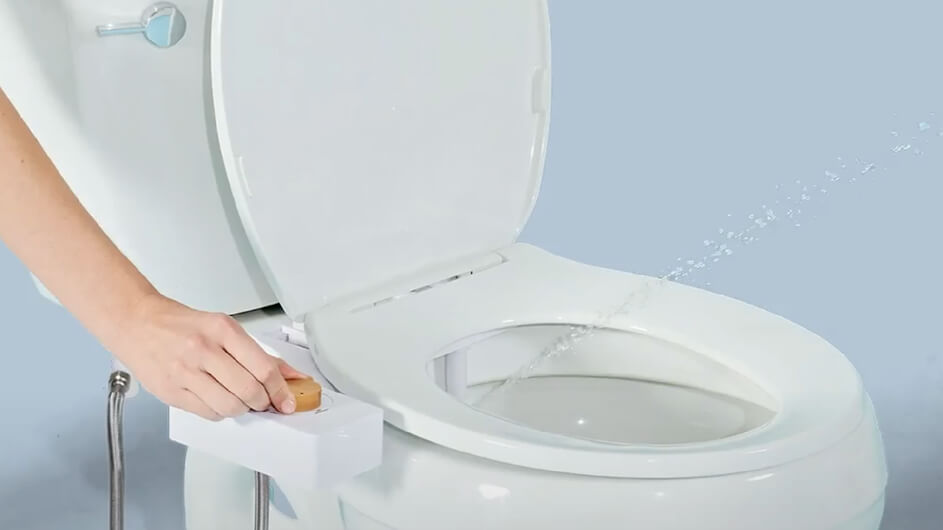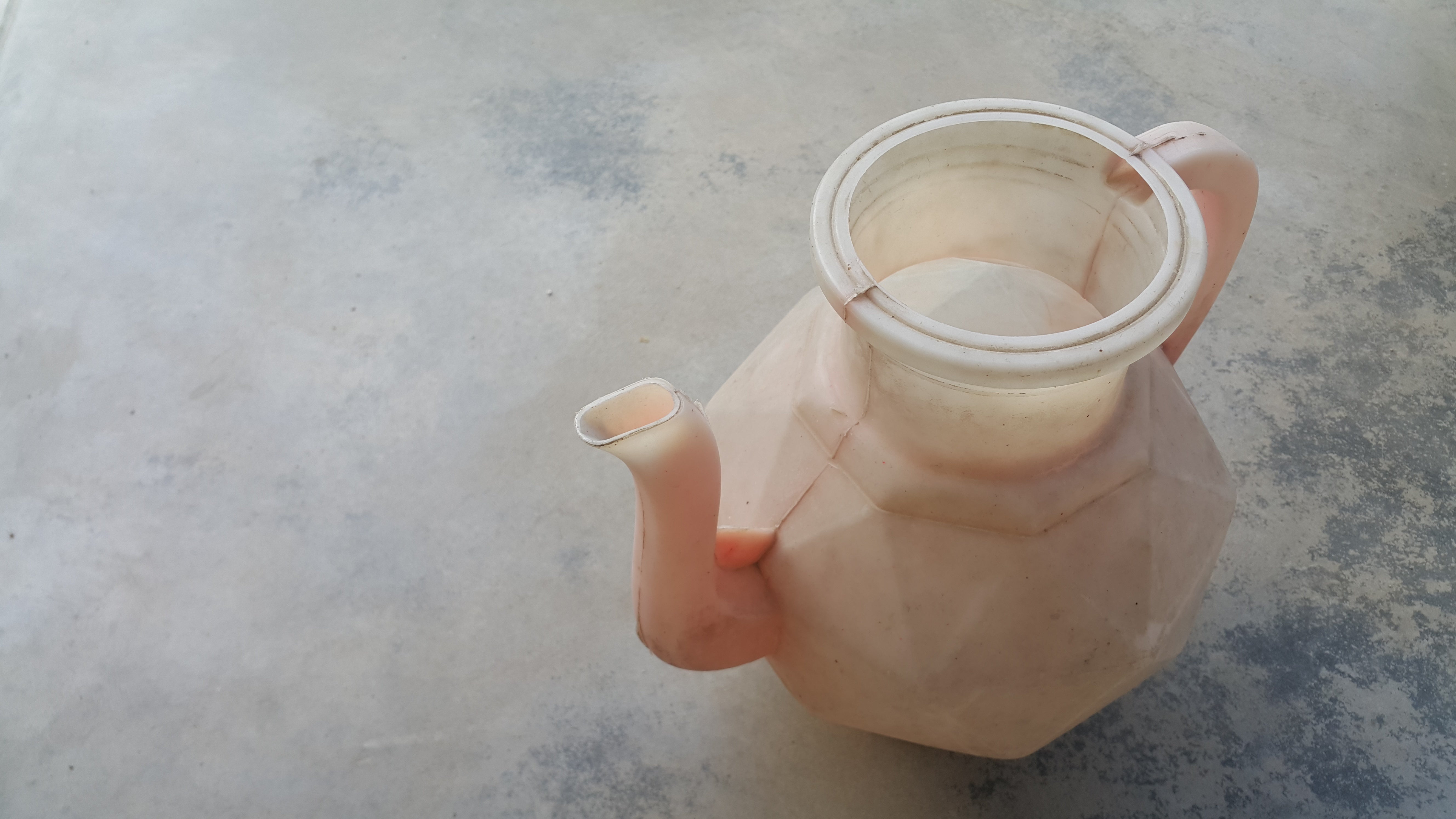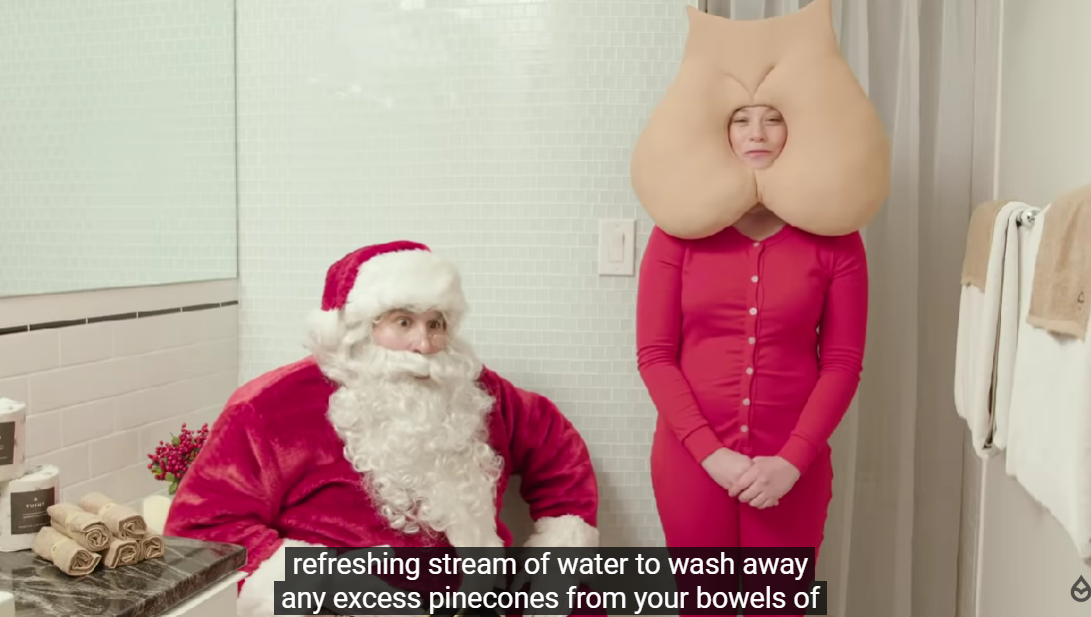
What do vaginas and bidets have in common? Surprisingly similar upkeep. Many modern bidet attachments are self-cleaning and benefit from simple care. So drop the harsh chemicals and abrasive scrubbers – here’s how to clean a bidet the safe and effective way.
Materials Needed
- Dish detergent or vinegar
- Water for diluting and rinsing
- Two soft cleaning cloths (1x wipe, 1x dry)
- A small brush or toothbrush
Bidet cleaner pro tip: avoid harsh, chlorine-based chemicals like bleach as they can weaken rubber O-rings and gaskets and cause internal leaking.
How To Clean a Bidet Seat or Attachment
The most important difference between cleaning a bidet seat and an attachment is electricity.
Most bidet seats are electric. So if you’re doing anything more thorough than a surface wipedown, unplug your bidet to avoid risk of shock.
Whether you have an electric or non-electric bidet attachment, avoid fully submerging the attachment in a cleaning solution as it can damage the internal bidet components.
Every bidet is different. Some classic bidet designs resist crud buildup while others include additional filters and valves that require a bit of creative cleansing with a toothbrush. Be sure to shut your water off when detaching your bidet for cleaning to prevent leaks or accidental sprays.
We’ve got your butt covered with the daily, monthly and annual breakdown of how to clean a bidet.
Everyday Care

Daily bidet care is as easy as using it to ensure consistent water flow and nozzle cleaning. Regular usage and quick wipe-downs will keep your butt-washer sparkling day-to-day.
Daily: Nozzle wash. Use the wash function on your bidet every day to continually clean the nozzle. This feature runs water over the nozzle to clean any backsplash or invisible doo-bris.
Weekly: Surface wipe. At least 1x per week, run a damp cloth over your bidet to remove dust and grime. There’s no need to detach the bidet. You can use water, vinegar, or a diluted dish detergent with a neutral pH, like Dawn.
Only spray your bum, not the bidet. Avoid soaking your bidet with a spray cleanser, especially the control panel or remote. Lightly dampen a cloth and do a quick wipe-down to avoid damaging the components.
Monthly Care

Monthly care is all about getting under that bidet to clean grime and buildup where the sun don’t shine. If your bidet isn’t used heavily or if you only have 1-2 poopers in your household, you could get away with cleaning under the seat 1x per year. Your bidet, your rules.
1. Remove the bidet and toilet seat. If you have an electric bidet seat, unplug it first. You can leave the water connections in place, but turn off the water in case anything jostles while detaching.
2. Give everything a good wipe. Toilet included! Dampen a soft cloth and get in those hard-to-reach places with a mild detergent. Let your bidet air dry or wipe it with a dry, non-abrasive cloth before reinstalling.
3. Rinse the deodorizing filter. Some bidets have a scent-neutralizing filter. Remove and clean it with a toothbrush and water (similar to how you’d clean a vacuum filter), then rinse and let it dry.
4. Let everything dry before reinstalling. Once you reattach your bidet, clean your water nozzle. If your bidet uses electricity, you can plug it back in. Though most nozzles automatically self-clean, it’s good to inspect the nozzle manually once a month.
While the wash feature is engaged and the nozzle is extended, very gently wipe the outside of the nozzle with a toothbrush or damp cloth. You can use a bit of vinegar or just plain water. Be very delicate – excessive pulling or pushing can damage the nozzle.
Repeat the above if your bidet has a second nozzle.
Semiannual Care
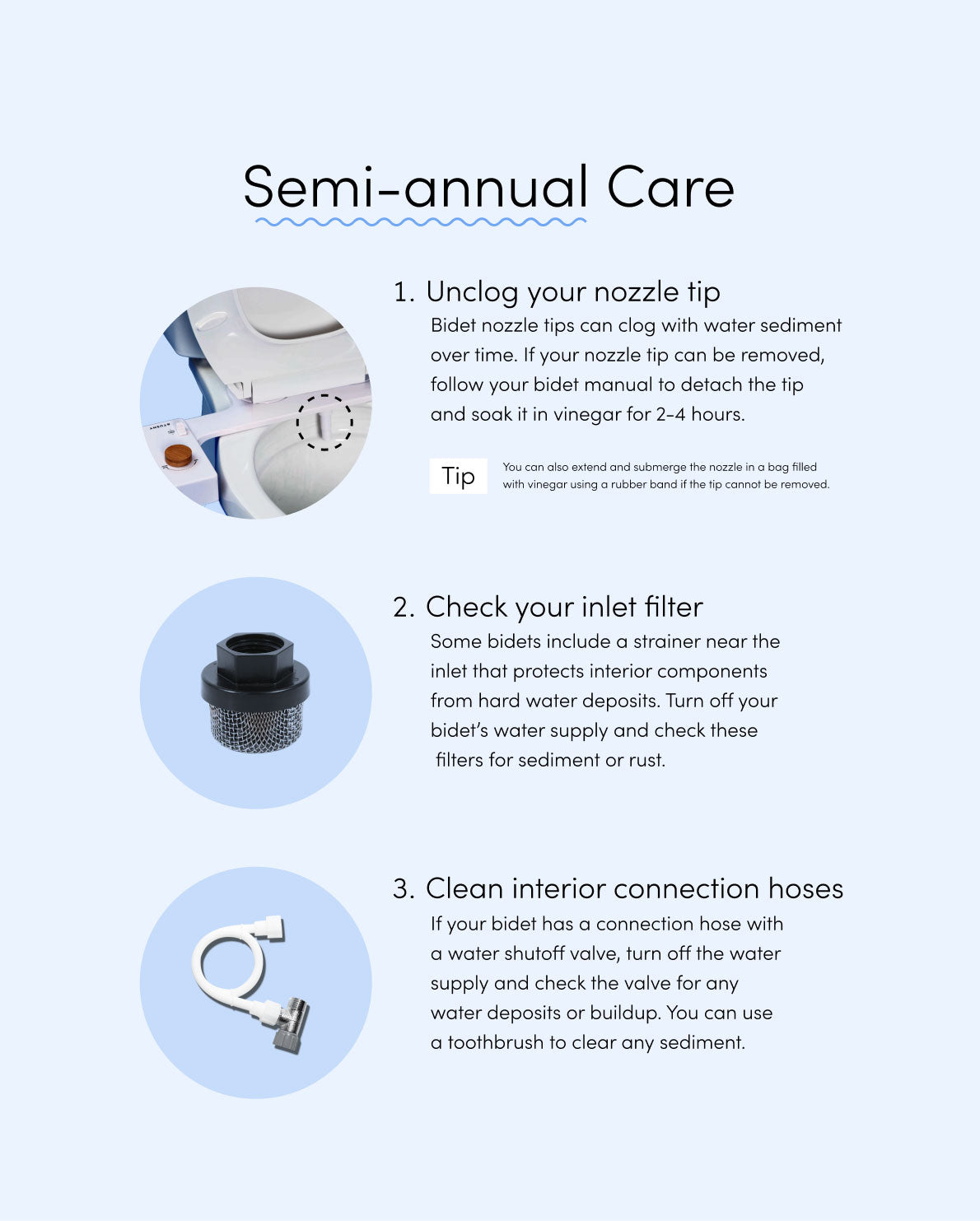
Long-term bidet care revolves around cleaning up after your water quality. Once or twice a year, check components for mineral buildup, especially if you notice a drop in pressure.
1. Unclog your nozzle tip. Bidet nozzle tips can clog with water sediment over time. If your nozzle tip can be removed, follow your bidet manual to detach the tip and soak it in vinegar for 2-4 hours. You can also extend and submerge the nozzle in a bag filled with vinegar using a rubber band if the tip cannot be removed.
2. Check your inlet filter. Some bidets include a strainer near the inlet that protects interior components from hard water deposits. Turn off your bidet’s water supply and check these filters for sediment or rust.
3. Clear interior connection hoses. If your bidet has a connection hose with a water shutoff valve, turn off the water supply and check the valve for any water deposits or buildup. You can use a toothbrush to clear any sediment.
How To Clean An Electric Bidet

All the guidelines above apply to cleaning an electric bidet, with a few golden rules to remember:
Always unplug your unit before detaching. Unplugging your bidet eliminates the risk of electrical shock.
Nix bleachy wipes. Chlorine-based chemicals can damage the components that preserve your water-tight seal.
Aim for damp, not doused. Wetting a cloth vs spraying down your bidet protects the technical components from damaging moisture.
Read up on your nozzle functionality. Is your nozzle tip removable or fixed? Is the nozzle self-cleaning or do you need to go at it with a brush after extending it? Know thy nozzle to prevent damaging its functionality.
Return the Favor - Keep Your Bidet Shower-Fresh
Bidets definitely drew the short straw in this relationship. Maintaining a warm-water bidet attachment couldn’t be easier with built-in self-cleaning features and occasional checkups to maintain peak booty blasting pressure.
Remember:
- Use only diluted detergents with a neutral pH or vinegar when cleaning.
- Never use bleach or an abrasive scrubbing pad.
- Bidets should not be soaked with cleaning solution - use a soft, damp cloth.
- Daily activation of the wash mode on your nozzle is 90% of the job.
- Bidet manuals are your friend. Every bidet design is different, so it’s important to follow manufacturer guidelines when maintaining your bidet.
Now that you know how to clean a bidet, upgrade your throne with the perfect buttwasher for your booty.
Frequently Asked Questions
Are Bidets Sanitary?
Cleaning your bottom with a bidet is 2x more sanitary than wiping with dry toilet paper. While a bidet cleans your butt with a targeted spray of water, toilet paper smears your poo around – increasing risk of infections like UTIs.
Can You Use a Toilet Cleaner With a Bidet?
Cleaning your bidet with chlorine-based chemicals like bleach can weaken components and cause internal leaking. Diluted detergents with a neutral pH or vinegar are great alternatives that clean just as effectively.
